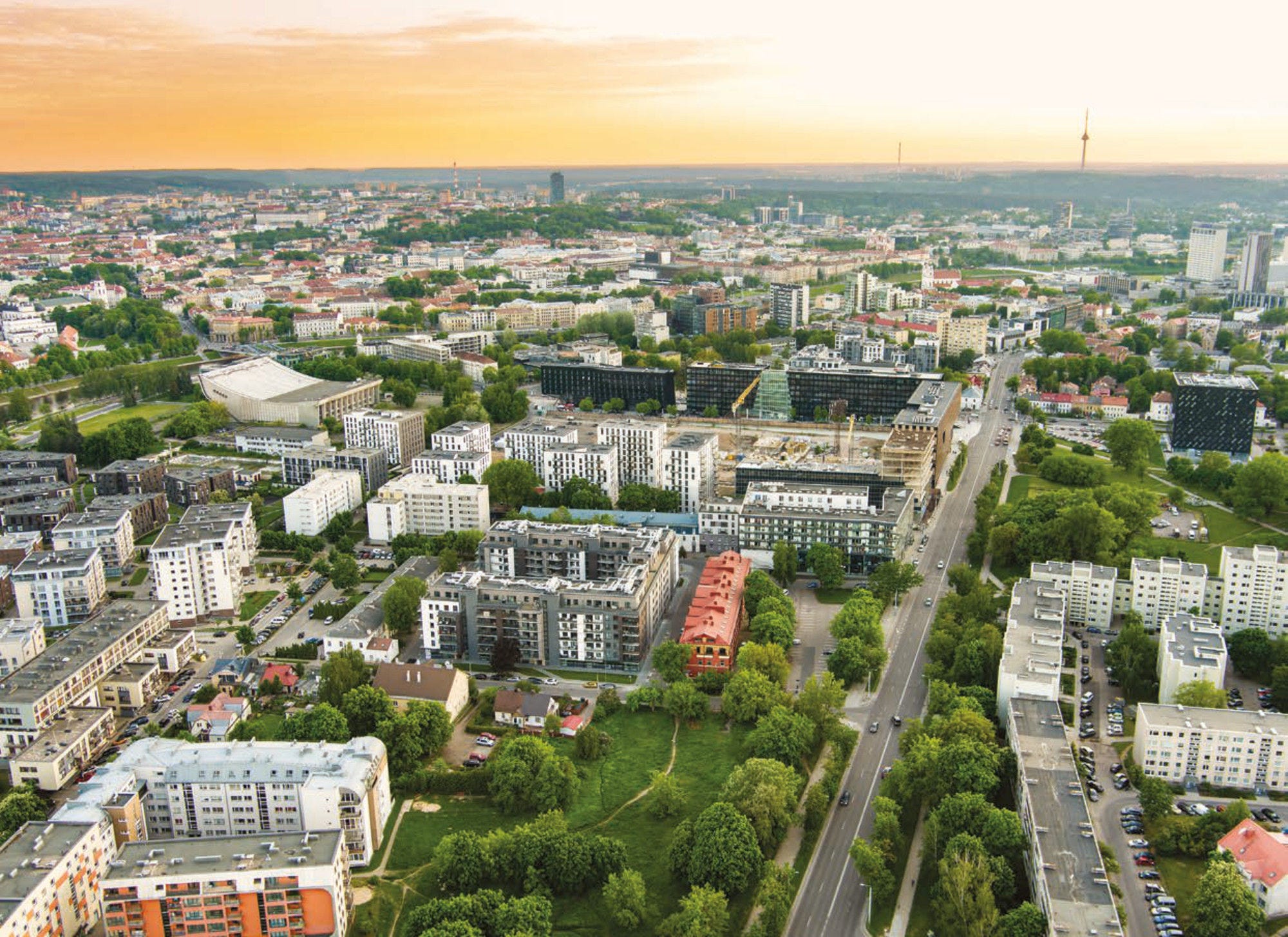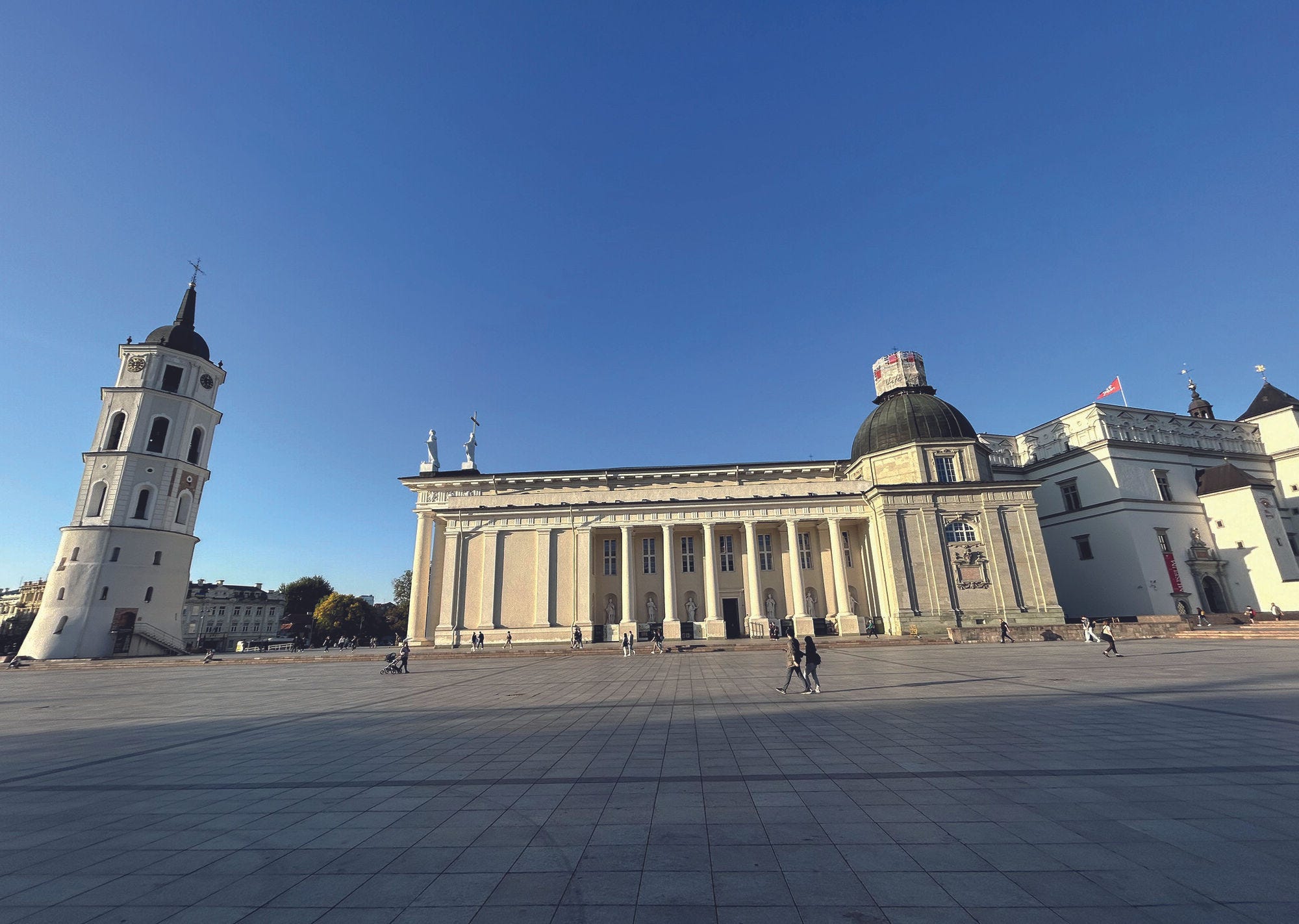Many Lithuanian households struggle to afford good-quality housing. The housing stock is dominated by owner-occupied, multi-apartment buildings that are energy inefficient and face persistent quality gaps. While average household spending on housing is relatively low, house prices have been rising, and many households cannot afford to move to higher quality homes that better suit their needs. Lithuanian policy makers have stepped up support for housing in recent years, but more actions are needed. This report presents the main features of the Lithuanian housing market, highlights housing challenges that have been amplified by the current economic and geopolitical crises, and assesses current policies to address housing affordability and quality gaps. It proposes a series of recommendations to strengthen the supply of and access to affordable housing, and to support Lithuania’s commitment to make housing policy a priority.
Policy Actions for Affordable Housing in Lithuania

Abstract
Executive Summary
Key findings
The cost-of-living crisis and Russia’s war of aggression against Ukraine have created a challenging context for housing policy makers in Lithuania, as strong inflationary pressures are making it harder for households to make ends meet. As in many OECD countries, the effects of the COVID‑19 pandemic on the housing market linger: in late 2022, housing prices in Lithuania remained over 16 percentage points higher than pre‑pandemic prices in late 2019. Rising construction costs, driven by increases in construction materials and labour, are making it harder to build housing at affordable rates. Since the second half of 2021, construction costs for residential buildings have increased dramatically, with a year-on-year increase of 19% in September 2022 – more than double the growth between September 2020 and September 2021. Meanwhile, a declining, ageing population and persistently high levels of regional disparities could lead to a potential shift in future housing demand.
Similar to neighbouring countries, today’s housing market is a legacy of the generalised privatisation of the state‑owned rental housing stock that began in the early 1990s in the transition to a market economy. Against this backdrop, many Lithuanian households struggle to access good-quality affordable housing. Average household spending on housing is low, but many people live in low-quality housing, unable to afford necessary repairs or a commercial mortgage to move to a higher-quality home. Low household spending on housing is largely driven by the high home ownership rate, with over 9 in 10 households owning their home – the largest share in the OECD. The thin rental market and extremely small social housing sector further constrain access to affordable housing options.
While housing quality has improved in recent decades, progress remains slow. The stock is ageing, energy-inefficient and of poor quality, with critical gaps in basic amenities. Around 8 in 10 residential buildings were constructed before 1993 and have been poorly maintained. Three‑quarters of multi-family dwellings, and the majority of single‑family homes, have a very low grade in terms of energy efficiency, and less than 2% a high grade of energy efficiency. Energy poverty remains a challenge among many low- and middle‑income households, with rates well above the OECD average. These concerns have been exacerbated by the significant rise in energy prices in recent months. Moreover, the need to find agreement across multiple owners in a large multi‑apartment residential buildings – which represent the majority of the Lithuanian housing stock – adds to difficulties in conducting major renovation and interventions aimed at improving the energy efficiency of buildings.
The Lithuanian Government has stepped up housing policy efforts in recent decades, with a range of programmes and partnerships to improve the quality and energy efficiency of the housing stock and better target housing supports to households in greatest need, including a rent compensation scheme in 2015 to help low-income and vulnerable households cover the costs of housing. In parallel, efforts have been made to reduce the stigma associated with social housing tenants, and the government has taken steps to encourage the expansion of the private rental market, including to reduce the “shadow” rental market. Two support schemes aim to help young families purchase a first home: a means-tested subsidy for lower-income young families to help pay for a mortgage or down payment; and a parallel subsidy scheme (which is not means-tested) supports young families to purchase a home outside the main urban areas. Meanwhile, public investment and spending on housing have increased in recent years – and particularly since the onset of the pandemic – yet levels remain very low relative to other OECD countries.
Key recommendations
Addressing the country’s persistent and emerging housing challenges will, in a first phase, require strengthening and, in some cases, rethinking existing housing policy support schemes. Priority actions include, for instance, i) accelerating quality and energy efficiency improvements of the housing stock, including increased funding, efficiency in the renovation process and technical capacity (notably with respect to municipalities) as well as increased efforts to promote public awareness of the benefits of energy efficiency upgrades; ii) strengthening support for low-income and vulnerable households, by leveraging public land for social purposes, improving incentives to property owners to lease flats to low-income tenants, and extending the coverage of existing supports (e.g. rent compensation scheme); iii) reassessing costly home ownership support schemes for young families, in order to target limited public resources towards households in greatest need and transition towards supply-side policies to enhance housing supply; and iv) continuing efforts to formalise the private rental market, including through regulatory and tax reforms.
To make lasting progress, it will also be important to address the structural challenges to affordable, sustainable housing. In sum, this means overcoming persistent governance challenges, low levels of public investment and spending on housing, and the limited prioritisation of housing policy on the government agenda. The Lithuanian authorities could consider designating a lead ministry for housing to set a strategic agenda for housing and implement much-needed reforms (recent reforms by other OECD countries suggest that different models are possible), and reinforcing municipal capacity, in light of the mismatch between their important housing-related responsibilities and limited technical and financial resources. To strengthen investment in affordable housing, Lithuania could draw inspiration from OECD peers that have established long-term funding mechanisms. There is wide diversity in the OECD in terms of how to set up, fund, finance and operate such funding schemes. Such efforts would help to elevate the strategic importance of housing policy on the political agenda in Lithuania.
The recommendations outlined in this report are part of a comprehensive policy package, with priorities for the short and longer term. Key actions for the near term could including evaluating and improving the effectiveness of existing housing support schemes, and further incentivising formal tenancy agreements to improve the viability of support schemes that rely on a robust rental market. In parallel, Lithuania could explore options to establish a long-term funding mechanism to increase investment in affordable and social housing, and strengthen the technical competencies of municipalities for housing, which would complement recent reforms to reinforce their fiscal capacity.
Related publications
-
 16 September 2024
16 September 2024 -
30 July 2024





